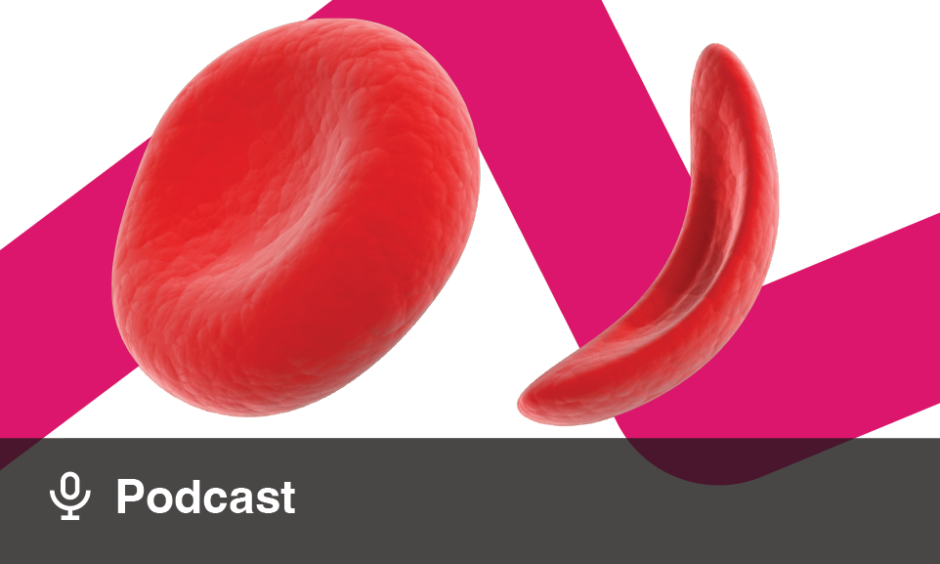PATTERNS of misuse were not found amongst children with sickle cell disease who were prescribed opioids, according to recent research. Angela Snyder, Georgia State University, Atlanta, USA, commented: “Because of the opioid epidemic, it’s important to make sure that people understand that when giving prescriptions for children with sickle cell disease, you aren’t creating folks who are going to misuse opioids.”
The cohort study included 725 children (mean age: 4.6 years; 344 female [47.4%]; 381 male [52.6%]) from the Medicaid Enrollment and Claims Data from the 2011–2019 Georgia Sickle Cell Data Collection (SCDC) programme, in which the mean days’ supply of opioids over 3 years was 30. Of these patients, 45.5% had at least one vaso-occlusive crisis. Several of the patients began receiving opioid prescriptions at a young age: 11.2% of the children in the cohort were 1 year old at the time of first prescription, and 14.3% were 2 years old. The first prescription was codeine in over one-quarter of patients, and hydrocodone or another opioid in the rest. Of the patients, 58.1% had confirmed haemoglobin SS or haemoglobin S β0-thalassemia, and 23.6% had haemoglobin SC.
Researchers found that among patients with one to three vaso-occlusive crises during follow-up, 45.6% filled less than a 10-day supply of opioids, 54.1% filled a supply for 10–36 days, and 29.8% filled a supply for >36 days. For patients with more than three vaso-occlusive crises, these rates were 9.3%, 25.6%, and 62.8%. Additionally, of 3,215 prescriptions, 25.4% were filled within 5 days of a hospitalisation for a vaso-occlusive crisis.
Snyder and colleagues concluded that providing opioid prescriptions to children who have experienced pain due to sickle cell disease does not lead to harmful patterns of opioid use. The study suggested that future research should investigate whether low opioid use reflects effective non-opioid pain management strategies, or highlights an unintended, and potentially harmful, treatment access problem.






